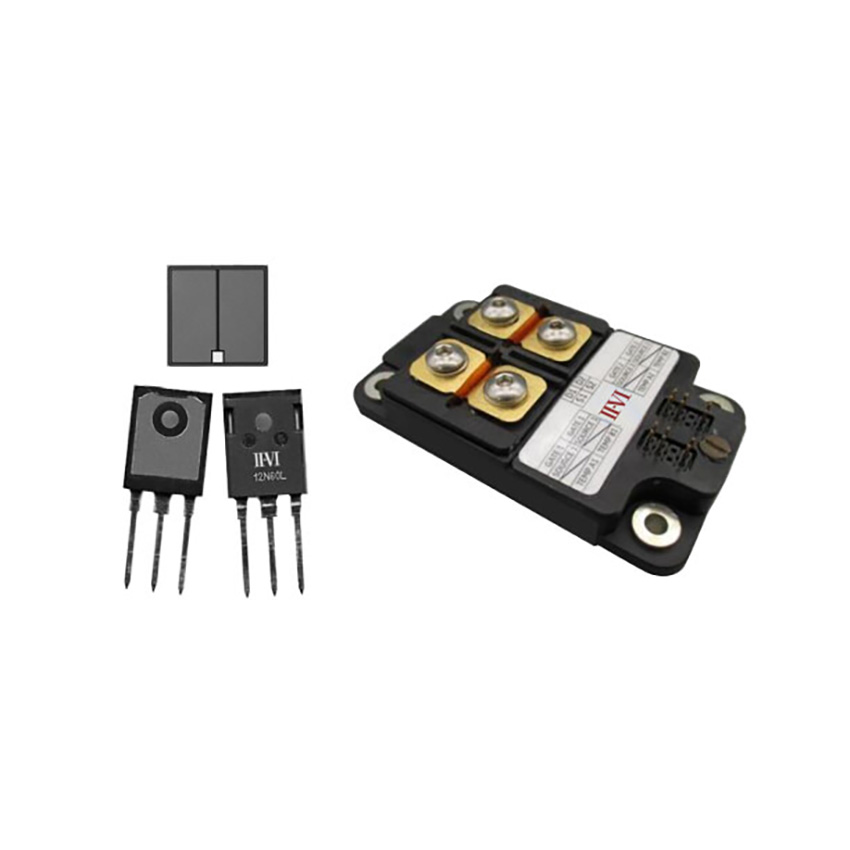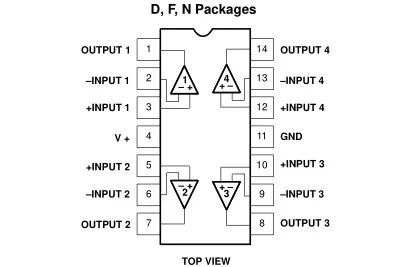
As global energy demand grows and environmental concerns increase, efficient and reliable energy conversion technologies are increasingly important. In this context, silicon carbide (SiC) power devices have attracted attention in the field of power electronics due to their performance advantages and potential for efficient energy conversion. This article reviews the basic principles, key characteristics, applications, and future directions of SiC power devices.
Basic principles of silicon carbide power devices
Silicon carbide is a wide-bandgap semiconductor material. Compared with conventional silicon (Si), SiC has a wider bandgap, a higher critical breakdown field, and higher thermal conductivity. These properties enable SiC power devices to perform well in high-temperature, high-frequency, and high-voltage environments. Compared with silicon-based devices, SiC devices can offer lower switching and conduction losses, enabling more efficient energy conversion and power transmission.
Key characteristics of SiC power devices
- High-temperature stability: SiC devices can operate stably at temperatures up to 600°C, whereas conventional silicon devices typically have maximum operating temperatures of 150°C to 175°C.
- High-frequency capability: Due to the low switching losses of SiC material, SiC devices can operate at higher frequencies than silicon devices, allowing power conversion systems to be smaller and more efficient.
- High voltage and current capability: The critical breakdown field of SiC is more than ten times that of silicon, enabling SiC devices to operate at higher voltages while exhibiting lower on-resistance and supporting higher currents.
- Excellent thermal conductivity: SiC has roughly three times the thermal conductivity of silicon, which aids thermal management and improves device reliability and lifetime.
Applications
Because of these characteristics, SiC power devices are used across multiple areas:
- Renewable energy systems: In solar inverters and wind power systems, SiC devices can improve system efficiency and reduce size and weight.
- Electric vehicles (EVs): SiC devices are used in traction inverters and chargers for EVs, improving charging speed, extending driving range, and reducing energy consumption.
- Power transmission and distribution: SiC devices are applied in solid-state breakers and power conversion systems to improve efficiency and reliability of power systems.
- Industrial motor drives: In high-performance motor control, SiC devices can increase efficiency and reduce size and cooling requirements.
Challenges and development directions
Although SiC power devices show clear advantages in many areas, broader adoption and further development face several challenges:
- High cost: Compared with traditional silicon-based devices, SiC devices are more expensive to produce, primarily due to the complexity and cost of SiC wafer production and processing.
- Packaging and thermal management: Despite SiC's favorable thermal properties, higher power densities impose more demanding packaging and cooling requirements to ensure long-term reliability.
- Market acceptance: Due to cost and technology maturity, some sectors may take time to adopt SiC devices more widely.
Potential future directions to address these challenges include:
- Cost reduction: Lowering SiC device cost through optimized manufacturing processes and increased production volumes to make them more competitive.
- Technical innovation: Developing more efficient packaging and cooling technologies to improve device performance and reliability.
- Market expansion: Increasing awareness of SiC advantages within industry and the public to broaden market acceptance.
Conclusion
Silicon carbide power devices combine high-temperature, high-frequency, and high-efficiency performance, offering significant potential in energy conversion and power electronics. Although cost and technical challenges remain, continued research and technological progress may enable SiC devices to play a more prominent role in future power electronics, contributing to more efficient and environmentally friendly energy use and power transmission.
 ALLPCB
ALLPCB






